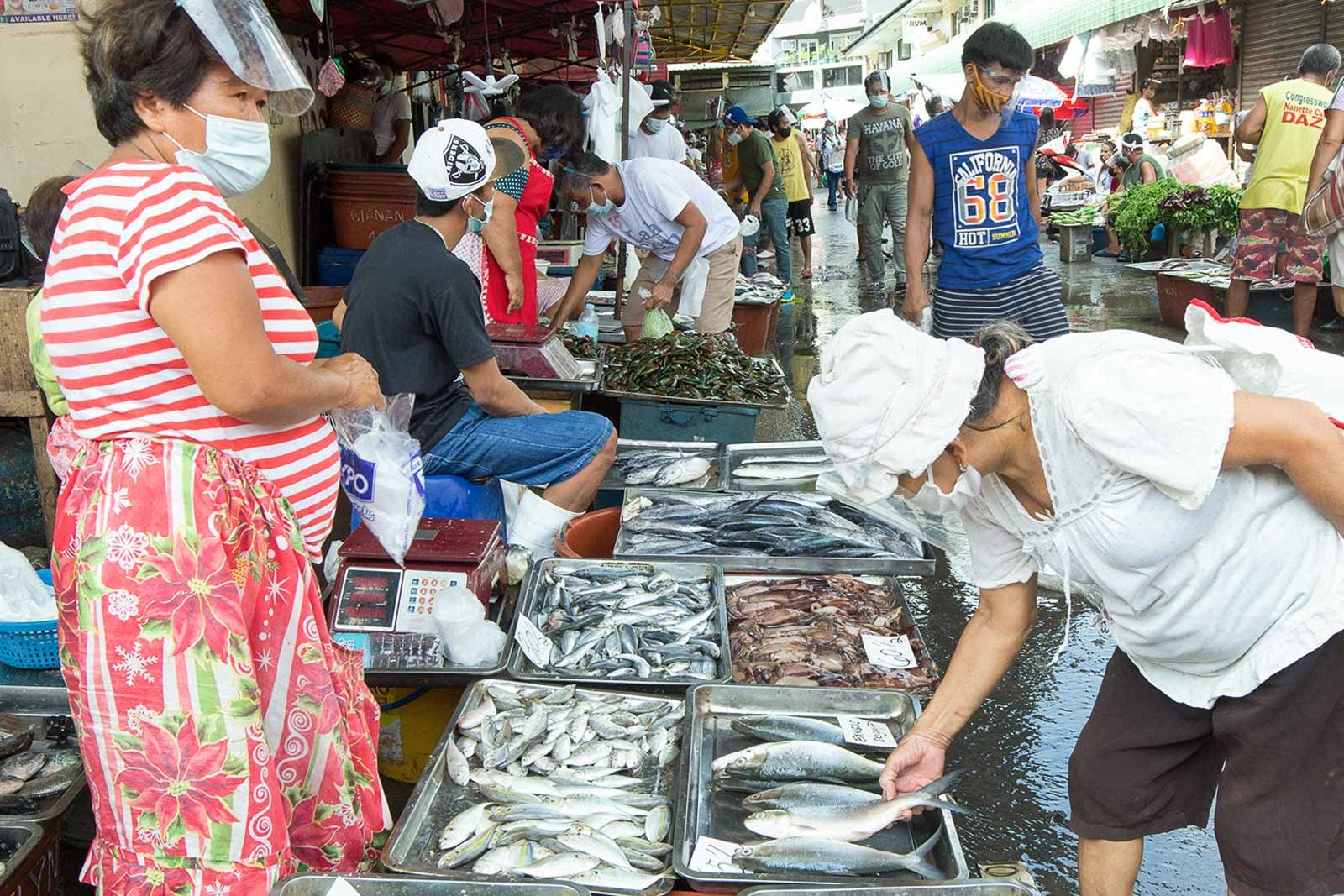SUMMARY
This is AI generated summarization, which may have errors. For context, always refer to the full article.

Prices of basic goods increased at a slower pace in June, giving some purchasing power for Filipinos amid the pandemic-induced recession.
The Philippine Statistics Authority on Tuesday, July 6, reported that inflation in June settled at 4.1%, slower than the 4.5% recorded last May.
The latest figure, however, is still above the 2% to 4% target band of President Rodrigo Duterte’s economic managers.
Average inflation for January to June stood at 4.4%.
Headline inflation slowed down as transport costs increased at a slower pace at 9.6% in June compared to 16.5% in May.
National Statistician Dennis Mapa, however, noted that this is mainly due to base effects, where current prices are compared to extremely high prices the previous year.
Mapa said the average tricycle fare in Metro Manila was at P18.60 in June, still higher than the P17.20 recorded in May.
Inflation in the National Capital Region slowed down to 4.1% in June from 4.5% in May. Inflation outside NCR slowed down to 3.2% from 3.6%.
“The latest inflation number is consistent with expectations that inflation could remain above target in the near term as meat and oil prices remain elevated,” the Bangko Sentral ng Pilipinas (BSP) said.
Economists of the BSP earlier said higher power rates and the peso’s slightly weaker performance put upward pressures on inflation, but better food supply conditions offset the spike.
ING Bank Manila senior economist Nicholas Mapa said the probability of inflation hitting 5% in 2021 “has diminished considerably,” but noted that higher global energy prices are exerting upward pressure on utilities and fuel costs.
The slowdown is a welcome development, especially for consumers who have lost jobs or are struggling to find one in the scarred labor market.
Economists earlier noted that prices of goods staying high while the quality of jobs remains poor put the Philippine economy in a worrisome state. – Rappler.com
Add a comment
How does this make you feel?
![[EDITORIAL] Apat na taon na lang Ginoong Marcos, ‘di na puwede ang papetiks-petiks](https://www.rappler.com/tachyon/2024/07/animated-bongbong-marcos-2024-sona-day-carousel.jpg?resize=257%2C257&crop=280px%2C0px%2C720px%2C720px)
![[In This Economy] Delulunomics: Kailan magiging upper-middle income country ang Pilipinas?](https://www.rappler.com/tachyon/2024/07/in-this-economy-upper-middle-income-country.jpg?resize=257%2C257&crop=421px%2C0px%2C1080px%2C1080px)

![[EDITORIAL] Marcos Year 2: Hilong-talilong](https://www.rappler.com/tachyon/2024/07/animated-bongbong-marcos-2nd-sona-carousel.jpg?resize=257%2C257&crop=136px%2C0px%2C720px%2C720px)
![[Newspoint] A fighting presence](https://www.rappler.com/tachyon/2024/07/thought-leaders-a-fighting-presence.jpg?resize=257%2C257&crop=441px%2C0px%2C1080px%2C1080px)
There are no comments yet. Add your comment to start the conversation.